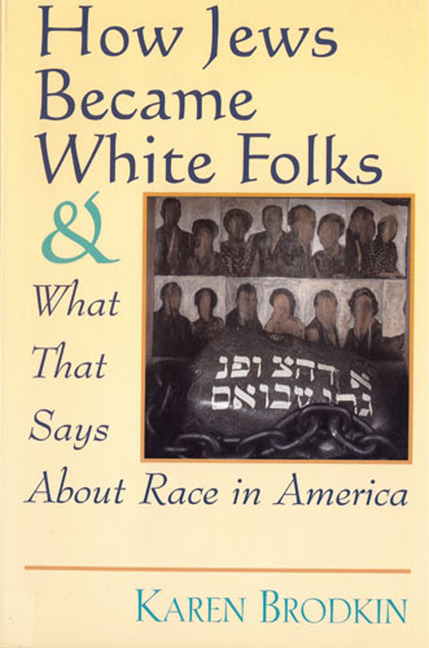A PERSONAL WORD TO THE READER
The author of this book has been, for some years, a close observer of race relations and a student of those problems growing out of racial contacts. As Chaplain of the Mississippi State Penitentiary, he was called upon to minister to several hundred Negro prisoners, thus gaining a measure of intimate knowledge of the Negro criminal. As a teacher in the employ of the Imperial Government of Japan, he was privileged to make a brief study of an Oriental civilization. Here was gained some knowledge of the Eurasian problem, so acute in some of the Asiatic countries and in evidence wherever contact of East and West has occurred.
The chief interest of the author in the Negro problem has centered about the matter of racial intermixture—the Mulatto problem—and most of his writings have had to do with this evil. The present study, while endeavoring to ascertain and to state fact impartially, necessarily gives a large measure of personal reaction to certain of the problems involved in present-day contacts of the two races, the black and the white, in the United States. Whoever really understands conditions now obtaining in North America is prepared to understand the situation wherever two dissimilar races occupy the same territory, or wherever casual racial contacts occur—as they now do throughout the greater part of the world.
There is a conscious and an intentional limiting of this study largely to those features of the situation which may well tend toward discouragement, if not toward hopeless pessimism. Since it now appears fashionable to approach the Negro problem from the standpoint of the invincible optimist, resolutely ignoring or consciously discarding those facts which, fairly faced, would shatter so many pleasing theories, it is well that some one should present the darker side of the picture, for there is a terribly dark side. The reader, once the situation is clearly analyzed and its elements indicated, may be trusted to interpret aright the issues unquestionably involved. Americans, white and black alike, are not awake to the real situation confronting them, a fact clearly evidenced by more than half century of silence and indifference touching the vital issue of race amalgamation and the conditions under which this is now occurring.
As an answer to the ever-ready charge of ministering to, if not creating, racial antagonisms and hates—a charge behind which there sometimes lurks more of moral and of intellectual inertia than some good people are aware of—there is to be noted the difference between a clear statement of fact, a clear-cut challenge to the self-respect of each of two groups, and a maligning of one group by the other. If it has come to the pass that a calm facing of fact, a thorough analysis of a given situation, must be opposed because it reveals the destructiveness of an inherited unreasonable and unreasoned program, there should, at least, be a clear understanding of the attitudes displayed and a close scrutiny of the motives behind these attitudes.
Both races in America, especially in the United States, are confronted by facts demanding careful consideration; by problems the solution of which depends primarily upon thorough analysis as the basis for a full understanding of what is really involved. Various organizations, secular and religious, are in the field, voluntarily endeavoring to carry out programs which they are free to make what they will. Most of these would resent the charge that they are contributing directly to moral confusion and to racial degradation. Most of them would resent the charge that their work and the attitudes upon which it rests constitute the most destructive influence against which the full-blood Negro must contend at the present time. Can it be shown that such charge is untrue? If only there could be a general and an honest, dispassionate inquiry, bringing these matters into the realm of conscious thought and purposive program, there would be hope of constructive action. If this volume assists the reader to break with traditional lines of thought and the attitudes and the programs based upon these lines of thought, thus promoting independent analysis and rationally constructive programs, it will serve a useful and a timely purpose.
The author is forced into a position which is es sentially unpleasant. It becomes necessary to point out the grounds of criticism, the delinquencies, of those who, holding positions of leadership—political, educational, religious—have failed to see, or seeing have failed to meet, or have met with utter indifference, the problems here discussed. Upon the part of the leaders of both races there has been, at best, a light estimate of the trust reposed in their leadership. No further evidence is necessary to establish this fact than to call attention to present conditions and to the manner in which these conditions have grown up, without effective protest or warning, and that they are now generally accepted, without analysis, and without intelligent evaluation of their logical, their inevitable, results.
The thanks of the author are due to both Authors and Publishers permitting the use of quotations appear ing in this volume. Credit is given in each case. Professor E. B. Reuter has been especially generous, permitting the unrestricted use of material the collection of which necessarily cost him much expense, in addition, to time and labor involved. His book, The Mulatto in the United States, is a very valuable statement of ultimate fact.


